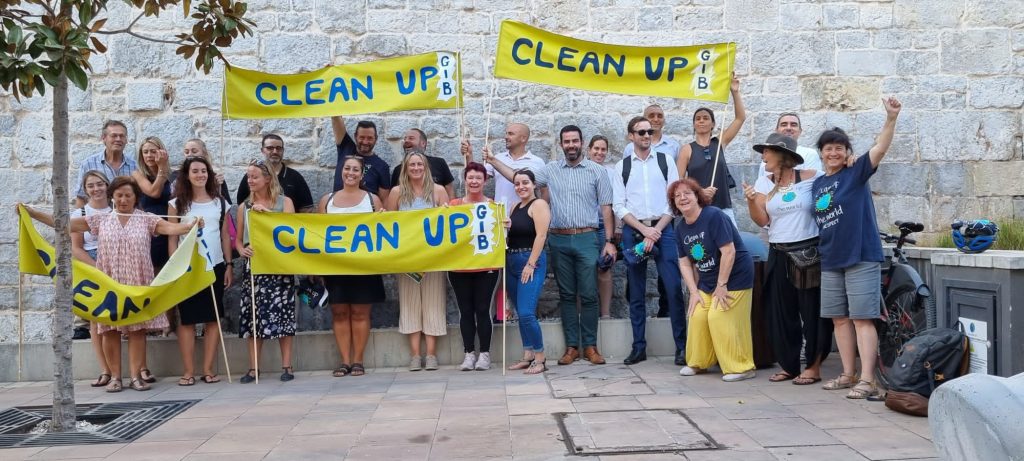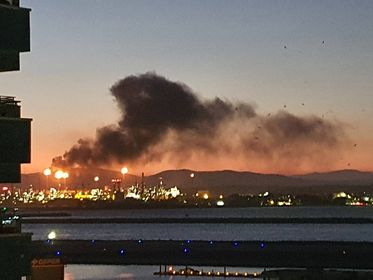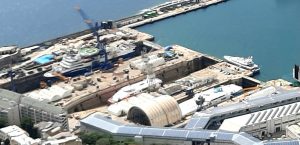

The ESG wishes to thank ALL volunteers, team leaders, partners and sponsors for another energetic and successful Clean Up in Gibraltar. Civic Pride was shining loud and clear with schools, clubs, the young and not so young, shoulder to shoulder , eliminating harmful waste from many natural environments. Close to 500 volunteers helped remove 13 truckloads of waste from 20 plus sites. (see image attached) The ESG would like to give a special mention to the Base Team who look after team equipment and saw to everyone’s needs. A lot of hard work done there too!
Highlights include waste craned up from Seven Sisters; a few heritage sites, upper rock sites, beaches, various revetments, and more.
Hotspots of particular concern include open areas being used by commercial entities which also serve as public spaces and are poorly monitored, serviced and managed and end up becoming dangerous environments.
Reports, with feedback from team leaders, will now be compiled and the ESG will step up its campaign to see more action taken to address these hotspots and ensure our green spaces and coastal areas are better protected. We want to see greater efforts in deterrence and prevention and action taken on the lessons learnt after this Gibraltar wide clean up. Well done to all !
CLICK ON LINK BELOW FOR PICS OF TEAMS ALONG WITH ESG PR ROUNDUP
https://www.yourgibraltartv.com/society/26306-successful-clean-up-the-world-2022
https://www.gbc.gi/news/13-truckloads-rubbish-removed-during-annual-clean-world-campaign
Also catch report here:- https://www.youtube.com/watch?v=rII6VVbvB9A








